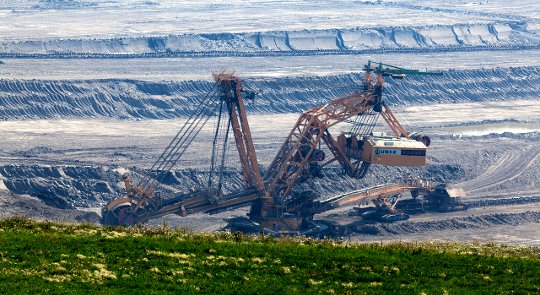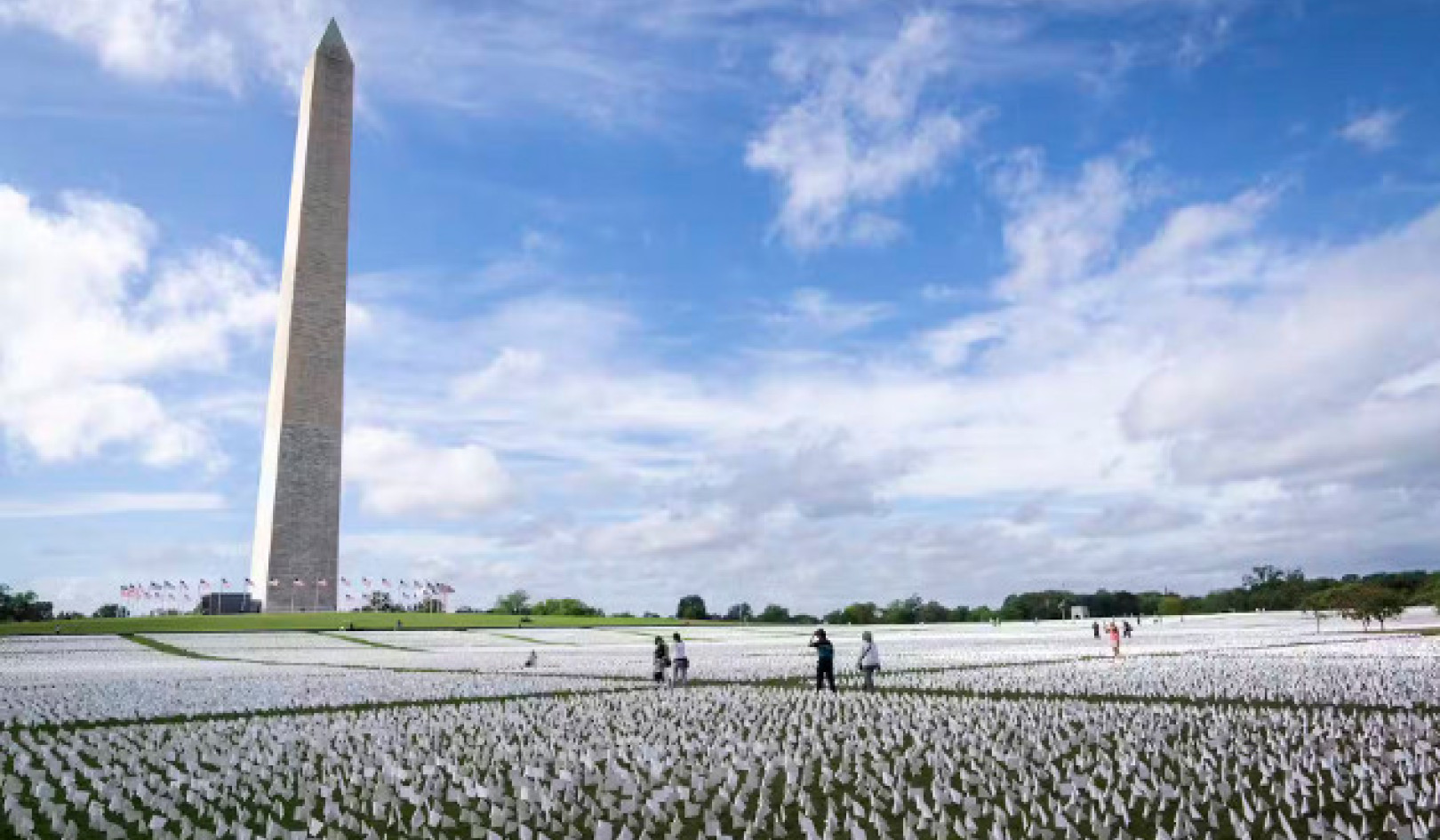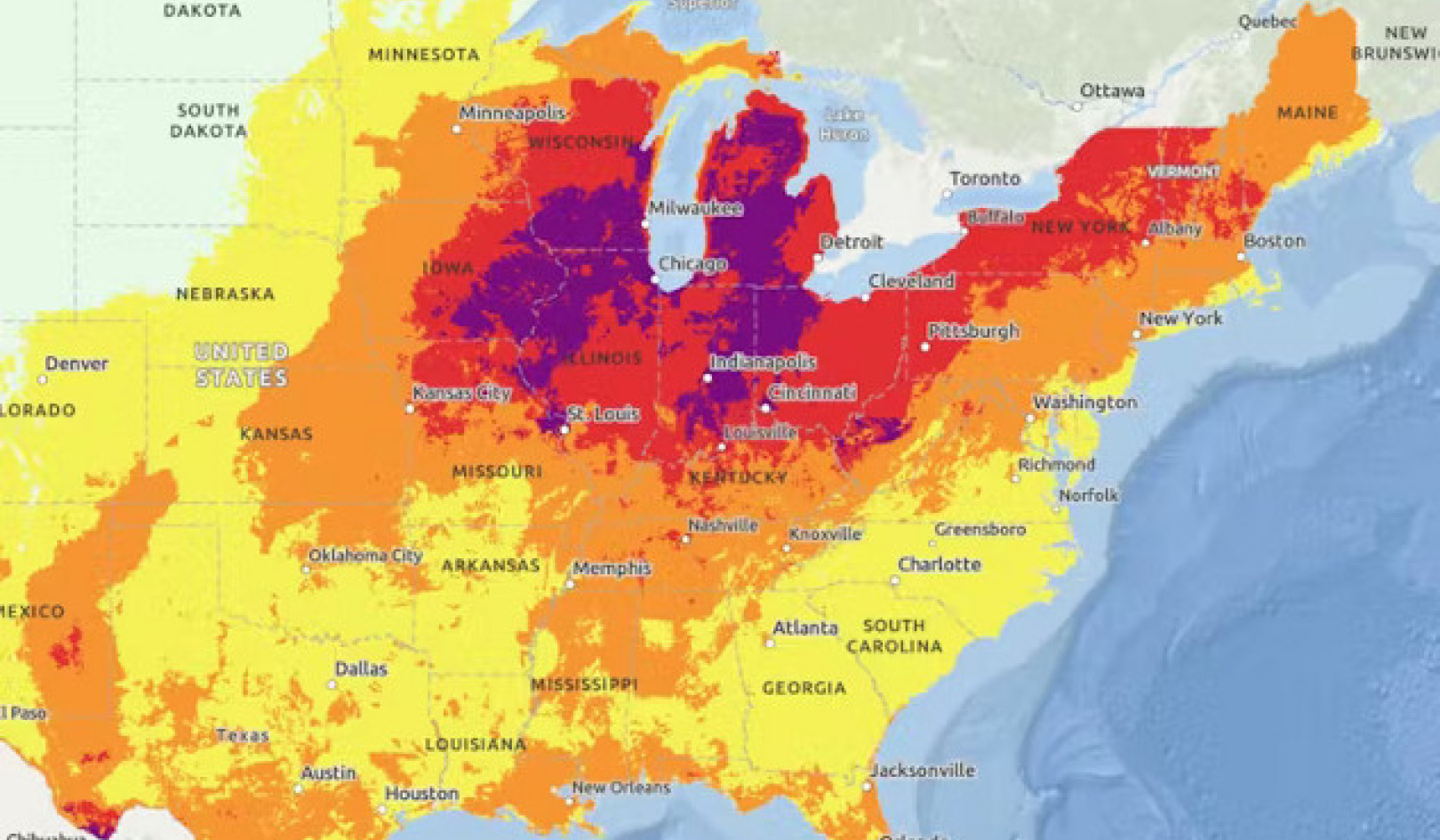
Late in 2014, we saw iron ore and coal prices fall. Now we have seen oil prices tumble, dipping to less than US$50 a barrel, half the price of a year ago. In all cases, these price collapses reflect the efforts of the large established businesses, which have low production costs, to drive high-cost producers out of oversupplied markets.
Faced with increasing production (driven by previous high prices) and underwhelming growth in demand, the strongest players have used a move straight out of the business playbook: engineer a price collapse to force smaller competitors out of the market, while hoping to jack up prices once the balance between supply and demand is restored. We’ve seen a similar story in Australia’s electricity sector, where the industry’s response to dwindling demand has been to try to shut down renewable energy investment, mothball several power stations and discourage energy efficiency improvement.
Yet this move assumes that the problem is a short-term one, driven by excessive investment amid too much optimism about demand growth. But will these traditional strategies work in a rapidly changing world? Or are the fundamentals changing?
Energy and resource industries have traditionally relied heavily on “top-down” forecasting based on gross supply and demand, with only limited adjustments for improvements in how efficiently customers are using these products. Global markets for iron ore and fossil fuels have been based on assumptions that developing countries’ resource intensities will trend towards those of developed countries, and that there is limited scope for substitution to other alternatives. But things are changing very fast, and it’s time to question the old assumptions.
The Changing Dynamics
Climate change means that more than two-thirds of existing profitable fossil energy reserves will have to stay in the ground. The International Energy Agency, Intergovernmental Panel on Climate Change and others have all reached this conclusion. A detailed analysis published in the journal Nature suggests that a third of known oil reserves, and 80% of coal, will have to remain unburned to give us a 50/50 chance of avoiding at least 2C of global warming.
That also means our production and use of energy-intensive materials must change. The economic impacts on developing countries of high import costs of oil, liquefied natural gas, coal and resources have grown. These costs are increasing debt and undermining future development: they are economically unsustainable, and must change.
Meanwhile, economic growth in many developing countries is shifting away from traditional, resource-intensive models. China, for example, has shifted to a new “service-oriented” economic model and is more focused on energy efficiency and renewable energy. In many countries, telecommunications systems are leapfrogging landlines and going straight to mobile phone and wifi networks.
The potential for consumers to reduce and shift demand for energy and materials from traditional sources is accelerating. Energy efficiency is being transformed by technologies such as LED lighting, advanced monitoring and control of energy systems, high-performance buildings, and dramatic improvements in appliance, equipment and vehicle efficiency. This trend has been a major contributor to Australia’s decline in electricity consumption.
Many services are now delivered online, reducing the need for transport and encouraging a shift from cars and air travel. Teleconferencing and improved broadband networks are underpinning the virtual delivery of health and business services, remote management of equipment, online retail, and many other interactions.
While many are concerned about the energy used by online infrastructure, it is much less than traditional alternatives. For example, in 2012, global data networks reportedly consumed 9 terawatt hours (TWh) of energy. In comparison, Victoria’s Portland aluminium smelter, which manufactures 0.7% of the world’s aluminium, uses around 5 TWh per year, or about 14 megawatt hours per tonne.
Data networks and aluminium both make important economic contributions, but the latter is far more energy-intensive. What’s more, the virtual economy is rapidly adopting energy efficiency and renewable energy, for example by investing in high-efficiency data systems.
The New Challenge For Resources
At the same time, resource industries are being forced to pursue aggressive measures that reduce their own resource and energy intensity. For example, recycled metals are now large contributors to global supply: recycled aluminium now provides more than 30% of total supply. Innovations such as improved alloys and computer-assisted design reduce the amount of metal needed for manufacturing and other purposes, and non-metals such as fibre composites compete for market share.
One example of innovation, from the aluminium industry’s own website is carbon fibre-reinforced aluminium. An example of competition driving substitution is the rapid development of engineered timber products for construction: the 10-storey Forte apartment building in Melbourne’s Docklands was, at the time of construction, the world’s tallest residential timber building.
Of course, there are still many drivers of ongoing growth in the demand for goods and services. The big question is whether the rate of virtualisation and efficiency improvement, and cultural shifts away from physical consumption, are beginning outpace traditional trends. A second question is whether driving such trends harder can overwhelm traditional resource and fossil fuel demand. Only time will tell.
If these changes do take hold, our energy and resource industries must dramatically change their business models. If they choose to stick with the old strategy of shrugging off the competition and then driving prices back up to reap the profits, they’re likely to find that the game has changed and they’re in a losing position.
This article was originally published on The Conversation.
Read the original article.
About the Author
 Alan Pears is one of Australia's leading energy efficiency experts. He has worked in the sustainable energy and environment fields since the late 1970s, and been an expert adviser to federal, state and local governments across Australia, as well as community groups and the private sector. Since 1991, Alan has been co-director of Sustainable Solutions, an environmental consultancy, and has been involved in building energy and environmental rating and regulation, green building projects, educational software, green appliance development, industrial and business energy and environmental management, and policy analysis.
Alan Pears is one of Australia's leading energy efficiency experts. He has worked in the sustainable energy and environment fields since the late 1970s, and been an expert adviser to federal, state and local governments across Australia, as well as community groups and the private sector. Since 1991, Alan has been co-director of Sustainable Solutions, an environmental consultancy, and has been involved in building energy and environmental rating and regulation, green building projects, educational software, green appliance development, industrial and business energy and environmental management, and policy analysis.
Disclosure Statement: Alan Pears AM has carried out consulting work for many sustainable energy organisations and provides policy advice to a variety of organisations. At present he has no paid roles for such organisations. He is an honorary adviser to the Energy Efficiency Council, Climate Alliance and Alternative Technology Association.
Related Book:
at

Thanks for visiting InnerSelf.com, where there are 20,000+ life-altering articles promoting "New Attitudes and New Possibilities." All articles are translated into 30+ languages. Subscribe to InnerSelf Magazine, published weekly, and Marie T Russell's Daily Inspiration. InnerSelf Magazine has been published since 1985.

Thanks for visiting InnerSelf.com, where there are 20,000+ life-altering articles promoting "New Attitudes and New Possibilities." All articles are translated into 30+ languages. Subscribe to InnerSelf Magazine, published weekly, and Marie T Russell's Daily Inspiration. InnerSelf Magazine has been published since 1985.






















